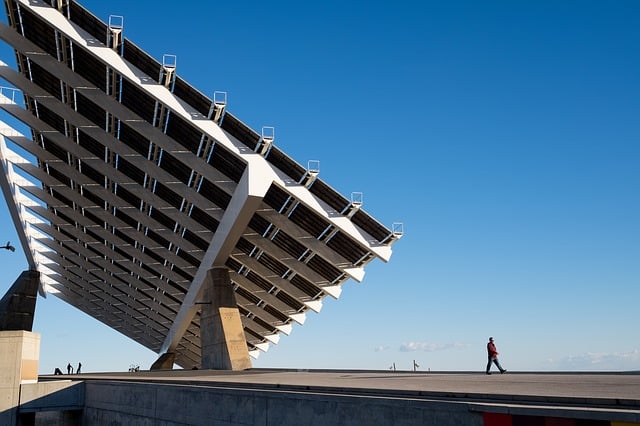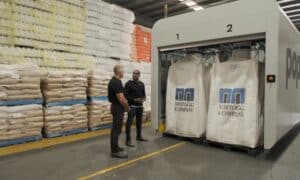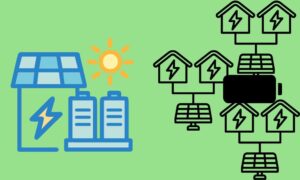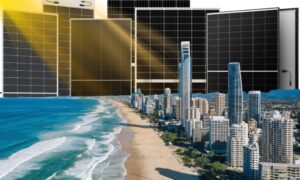Solar power is no longer the way of the future, it is the primary choice of energy households and businesses throughout the world. There are over two million solar systems installed on Australian homes already, a number rising every year. Then there are the numerous solar arrays on business rooftops, and large-scale solar farms popping up all over the country.
But who is responsible for the manufacture and design of these solar panels and systems? The primary workers behind these innovations are photovoltaic engineers, which is a unique and specialised discipline dedicated solely to turning sunlight into electricity using solar cells.
These professionals are the engineers that specialise in developing and refining solar cells as well as developing systems that can be used in home and business settings. They’re even given the responsibility of creating solutions for utility-scale power generation facilities.

Photovoltaic engineers are not the only engineers involved in the process, with plenty of other specialists coming together to create the solar systems you use at home, including:
Chemical engineers create solar panels
Solar panels are put together using chemistry and there is a lot of work that goes on behind the scenes to ensure that they are safe and compliant. The manufacturing process also needs to be clean and safe for all workers as well. The chemistry in creating solar panels can lead to toxins being present in the cells and harmful emissions in the manufacturing process. It is the job of the chemical engineer to eliminate these hazards and create safe products.
Computer software engineers create software
Inverters and battery storage units have computers embedded in them and in the modern age, they are often connected to the internet as part of the Internet of Things. In many cases, solar arrays require remote access and control as well plus there is the data side of things where computer software engineers can monitor and report faults. Computer software engineers are also involved in the design and ongoing maintenance of these systems.
Electrical engineers create and test the hardware
There are many electrical components in a solar system and electrical engineers are involved in the design, development and testing and manufacturing supervision of all of them. They design all of the electrical components including the inverters and circuitry in the solar panels themselves. When you need systems repaired or maintained, it’s an electrical engineer that you will need to call.
Industrial engineers refine the product and installation
This stream of engineering is responsible for fine-tuning the technologies and ensuring that all inefficiencies are removed so they are ready to take to market. They will oversee installations to ensure they meet customer needs and are part of the design process for end-point installations.
Mechanical engineers craft the tools
There are two ways that mechanical engineers are involved in the process. Firstly, they are responsible for the machinery used to create solar panels like cutting tools. It is their role to ensure they are functioning optimally and properly serviced and maintained. Mechanical engineers will also oversee the development of energy-related components, like electric generators.













































